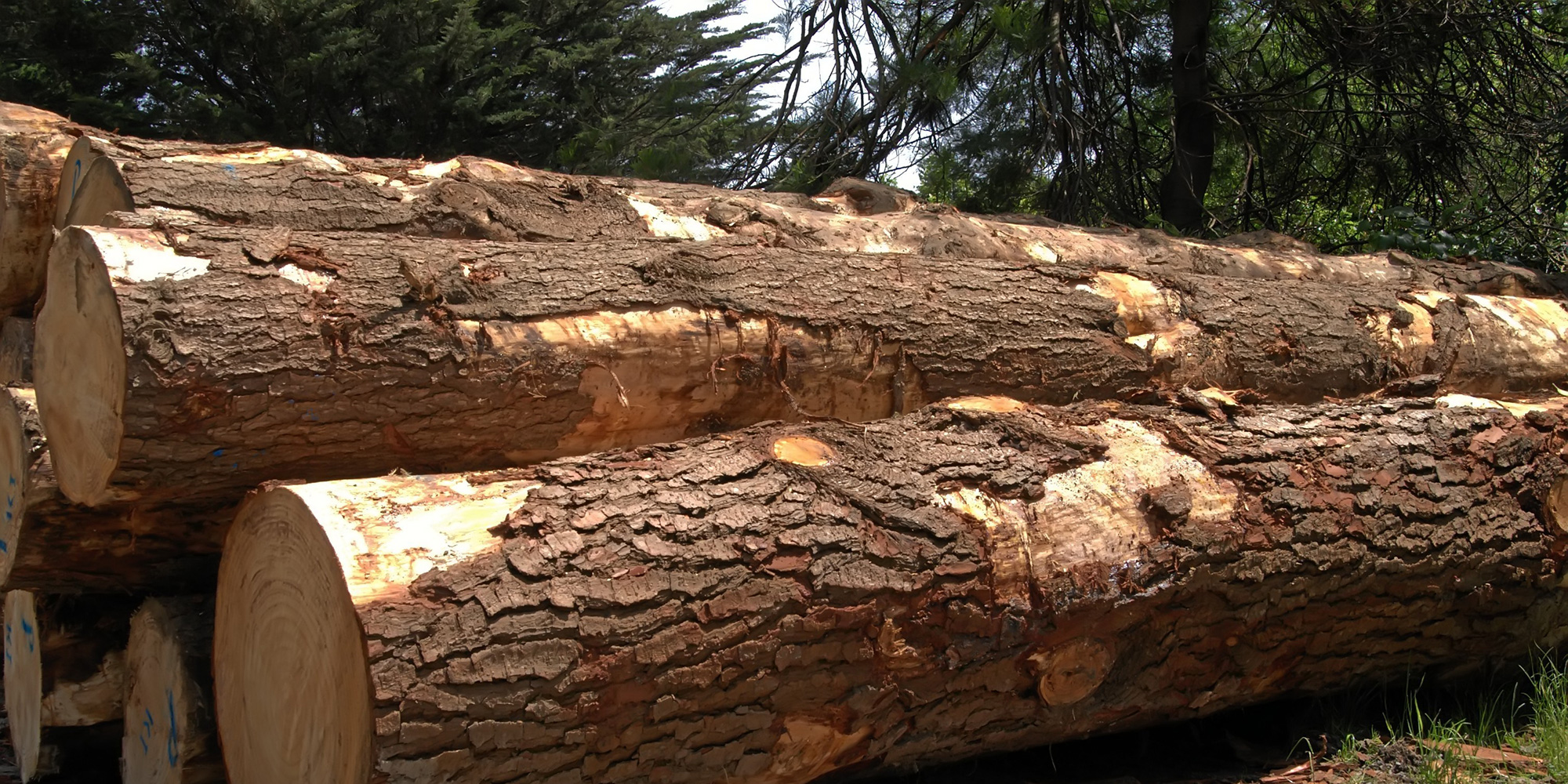Tsilhqot’in Decision Q&A with Robert Janes, JFK Law: Part 2
This is the second in the two-part series of our interview with Robert Janes, JFK Law, and Chair of the “Tsilhqot’in Nation and Recognition of...

The unanimous decision in the Taku case provided much needed clarification of the duties of consultation and accommodation in respect of government decisions, which may impact asserted Aboriginal rights.
Applying Haida Nation, the Court ruled that the Crown owed a duty to consult meaningfully with the Taku River Tlingit First Nation (TRTFN) regarding the decision to re-open the Tulsequah Chief Mine, and to permit Redfern Resources Ltd. (the mine operator) to build a 160 kilometre access road through a portion of their traditional territory. However, the Supreme Court also found that the duty of consultation was met by TRTFN’s extensive involvement in the three and a half year review process conducted under B.C.’s Environmental Assessment Act.
There have been many more cases in the provincial courts across Canada and in the Supreme Court of Canada considering Aboriginal rights and title. This review is of the key Supreme Court rulings on Aboriginal rights and title, going back to Calder. These cases were chosen to illustrate the legal foundation built by the Court outlining the Crown’s duty of consultation, accommodation and negotiation. There is still much discussion and direction to be provided by the court on Aboriginal rights and title. The underlying key message of the Supreme Court in all of these cases has been that these issues are best negotiated rather than litigated.
It may appear that we have a bias toward legal decisions from the West Coast, but that is not the case. Unlike the rest of Canada, where treaties had been entered into between First Nations and Canada, B.C. was relatively untouched. There are a few exceptions in the far northeast section of the province and southern Vancouver Island’s Douglas Treaties. It is this significant difference that led First Nations in B.C., and both the federal and provincial governments, to seek clarification from the Supreme Court of Canada as to the parties’ respective rights, title, and obligations. These types of rights, titles, and obligations were generally laid out in the established treaties. Any court action brought by a First Nation under a Treaty would be specific to that Treaty, unlike in B.C., where the disputes, upon reaching the Supreme Court of Canada had country-wide application.
Instead of a bias toward B.C. case law, we have included only those B.C. cases that have significance towards all Aboriginal Peoples. With the legal principles having been established through case law with its origins in B.C., other Aboriginal Peoples began to apply these principles to their historic treaties.
[1] Taku River Tlingit First Nation v. British Columbia (Project Assessment Director), 2004 SCC 74
Featured photo: Kimberly Vardeman, Flickr

This is the second in the two-part series of our interview with Robert Janes, JFK Law, and Chair of the “Tsilhqot’in Nation and Recognition of...

The Supreme Court of Canada’s Tsilhqot’in Decision reverberated through First Nation communities, leaders, resource developers, provincial and...

Did anyone notice that the Province didn’t officially respond to Tsilhqot’in until September 11, 2014? Why? Things have changed in a way that is hard...